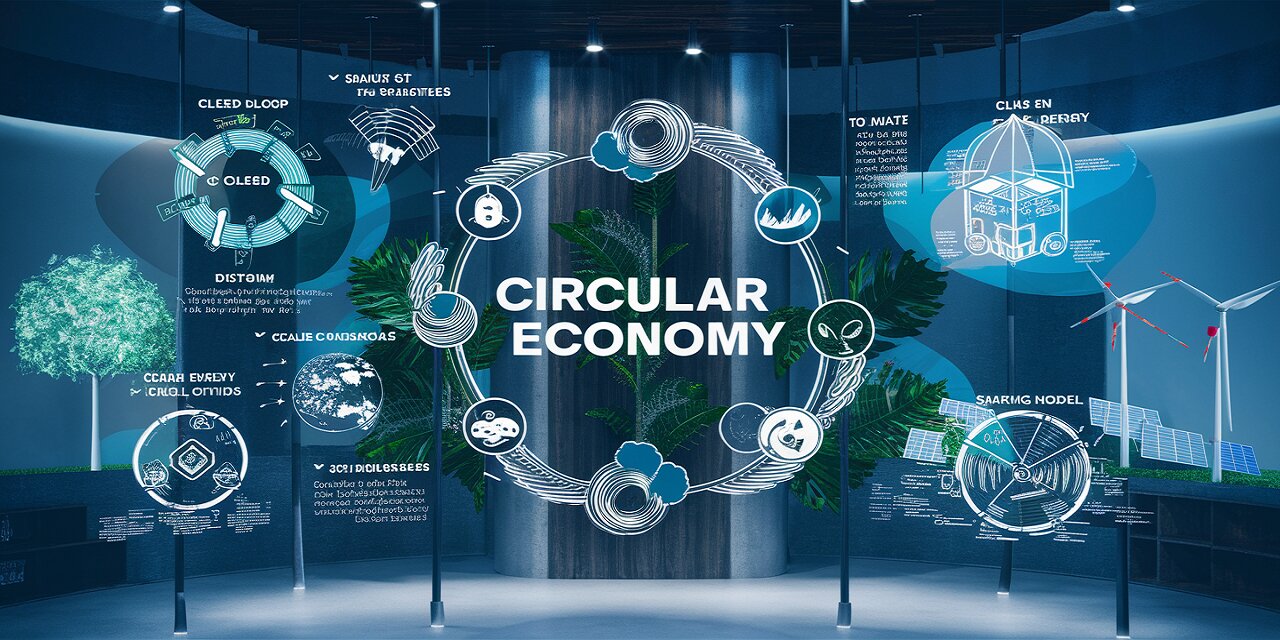
Circular Economy Strategies
In the quest for sustainability, businesses are increasingly turning towards the circular economy as a transformative strategy. This model emphasizes the importance of reusing, sharing, refurbishing and recycling existing materials and products as long as possible. Here, we delve into the principles of the circular economy and how they can be integrated into sustainable business models.
Understanding the Circular Economy
The circular economy stands in contrast to the traditional linear economy, which follows a ‘take-make-dispose’ approach. In a linear economy, resources are extracted, transformed into products, used and then discarded as waste. The circular economy, however, aims to redefine growth by focusing on positive society-wide benefits. It entails gradually decoupling economic activity from the consumption of finite resources and designing waste out of the system.

Strategies for Circular Economy
Businesses can adopt various strategies to transition towards a circular economy. These include:
- Design for Longevity: Products are designed from the outset for a longer life, with consideration for repairability and upgradability.
- Resource Recovery: Implementing systems to recover resources that can be reused, refurbished or recycled.
- Product as a Service (PaaS): Shifting from selling products to leasing them as services, ensuring the manufacturer retains ownership and responsibility for the product’s life cycle.
- Sharing Platforms: Creating platforms that enable the sharing or renting of products, reducing the need for individual ownership.
- Circular Supplies: Using renewable, recyclable or biodegradable materials to create products, thus reducing reliance on raw materials and creating less waste.

Benefits of a Circular Economy
The circular economy offers numerous benefits for businesses, including:
- Cost Savings: By reusing materials, businesses can significantly reduce their material costs.
- Innovation: The need for new business models can drive innovation in product design and service delivery.
- Customer Engagement: Offering sustainable options can enhance brand loyalty among environmentally conscious consumers.
- Regulatory Compliance: Adhering to circular principles can help businesses stay ahead of regulatory changes aimed at reducing waste and promoting sustainability.
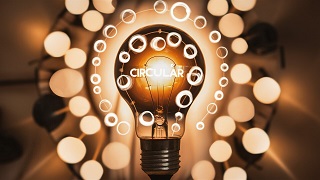
Innovative Business Models in a Circular Economy
Innovative business models are at the heart of the circular economy. These models challenge the status quo and create value by closing the loop of product lifecycles through greater recycling, reuse,and sharing. Here are some innovative models that businesses are exploring:
- Refurbishment and Remanufacturing: Companies are setting up dedicated facilities to refurbish and remanufacture products, extending their lifespan and reducing waste.
- Material Banks: Some industries have started creating ‘material banks’ where materials can be stored and later reused in new products, ensuring their value is not lost.
- Biological Nutrients: Businesses are designing products with materials that can safely re-enter the biosphere, contributing to the regenerative capacity of the earth.

The Role of Technology in a Circular Economy
Technology plays a crucial role in enabling the circular economy. Innovations such as the Internet of Things (IoT), blockchain and artificial intelligence (AI) are providing the tools needed to track, manage and optimize resources. For example:
- IoT: IoT (Internet of Things) devices can track products throughout their lifecycle, providing data that can be used to improve product design and end-of-life management.
- Blockchain: Blockchain technology can create transparent and secure records of material transactions, ensuring traceability and trust in the circular supply chain.
- AI: AI can analyze large datasets to identify patterns and opportunities for material recovery and resource efficiency.

Consumer Participation in the Circular Economy
For the circular economy to thrive, consumer participation is essential. Businesses are engaging consumers through:
- Awareness Campaigns: Educating consumers about the benefits of the circular economy and how they can contribute.
- Incentive Programs: Offering incentives for returning used products or choosing refurbished items.
- Convenient Services: Providing easy-to-use services for product return, repair and recycling.
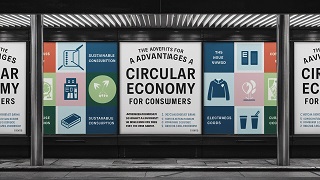
Policy and Regulation
Governments play a significant role in promoting the circular economy through policy and regulation. Policies that encourage resource efficiency, extended producer responsibility and innovation in sustainable materials can accelerate the transition to a circular economy.

Global Trends and the Circular Economy
The circular economy is not just a trend within individual businesses; it’s becoming a global movement. International collaborations and networks are forming to share best practices and drive global change. The circular economy is seen as a key strategy for achieving the United Nations Sustainable Development Goals (SDGs), particularly those related to responsible consumption and production.

The Future of Circular Economy
As we look towards the future, the circular economy is set to become an integral part of business strategy. It offers a way to balance economic growth with environmental sustainability. The businesses that succeed will be those that can adapt to this model, innovate and lead the way in sustainable practices.

Challenges and Considerations
While the circular economy presents opportunities, it also poses challenges:
- Investment: Transitioning to a circular model may require significant upfront investment in new technologies and processes.
- Supply Chain Complexity: Developing a circular supply chain can be complex and requires coordination with multiple stakeholders.
- Consumer Behavior: Changing consumer habits and perceptions about used or refurbished products can be difficult.
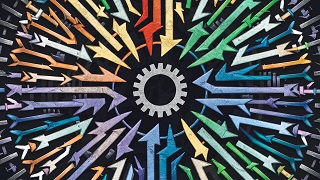
Case Studies
Several companies have successfully integrated circular economy principles into their business models:
- Patagonia: The outdoor clothing brand has implemented a take-back program where customers can return used items for recycling or resale.

- Philips: Through its ‘Light as a Service’ model, Philips retains ownership of its lighting products, offering maintenance and upgrades as part of the service.
- IKEA: The furniture giant has introduced initiatives to buy back and resell used furniture, extending the life of its products.
Conclusion
The circular economy represents a paradigm shift in how we view and use resources. For businesses, it offers a pathway to sustainability that can also drive innovation, cost savings and customer loyalty. While challenges exist, the long-term benefits of adopting circular economy strategies can contribute to a more sustainable and profitable business model.
As we look to the future, the circular economy will likely play an increasingly vital role in addressing environmental concerns and promoting sustainable development. Businesses that embrace this model will not only contribute to a healthier planet but also position themselves competitively in a world that values sustainability.

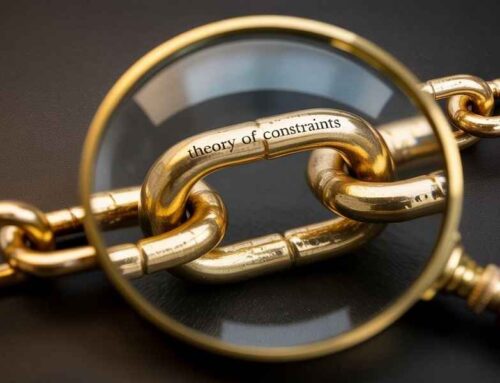
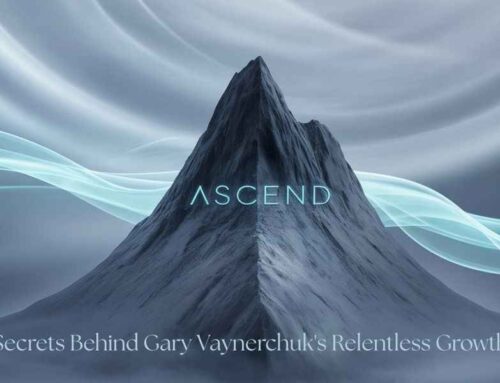
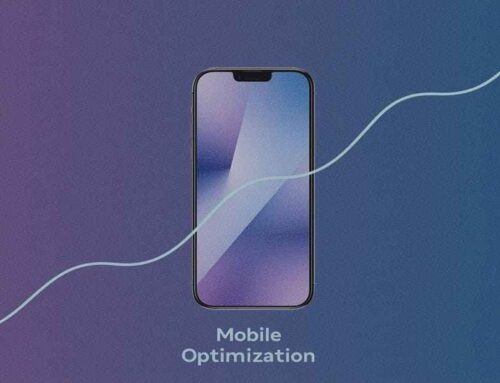











This is a very good tips especially to those new to blogosphere, brief and accurate information… Thanks for sharing this one. A must read article.
Fantastic post. Never knew this, thankyou for letting me know.
That is the correct weblog for anyone who needs to find out about this topic. You realize a lot its virtually arduous to argue with you (not that I actually would want…HaHa). You definitely put a new spin on a topic thats been written about for years. Nice stuff, just great!
Thanks for another informative website. Where else could I get that kind of information written in such a perfect way? I have a project that I am just now working on, and I’ve been on the look out for such info.
Hello there, simply turned into alert to your blog through Google, and located that it’s really informative. I’m going to watch out for brussels. I will be grateful if you continue this in future. A lot of other folks will likely be benefited from your writing. Cheers!
I just could not leave your site prior to suggesting that I actually loved the standard info a person provide on your visitors? Is gonna be back ceaselessly in order to check out new posts.
I truly appreciate this post. I’ve been looking everywhere for this! Thank goodness I found it on Bing. You’ve made my day! Thx again
Thank you for every other informative site.
I rattling thankful to find this site on bing, just what I was looking for : D besides saved to bookmarks.
Great internet site! It looks really good! Keep up the great job!